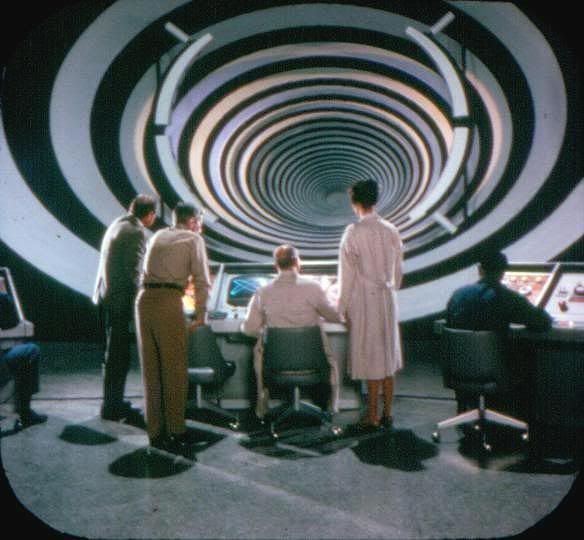Was the target audience different at the start? If not, it does invite a comparison -- which many have addressed -- of how the two shows diverged from both being aimed at adults originally.
Yes, the audiences were always different. As I've said, part of what motivated Roddenberry to develop ST in the first place was that there had never been a non-anthology SF television series that was written with adult rather than family audiences in mind. LiS was originally more serious than it became, true, but it was still intended for family viewing, meaning for parents and children alike. Remember, it was originally conceived as a sci-fi version of
The Swiss Family Robinson, a young-adult adventure novel.
Yup.

Also a Space:1999 episode titled "The Immunity Syndrome"
My local station when I was a preteen showed TOS and S:1999 back to back once a week, and one week they showed both series' "The Immunity Syndrome" episodes on the same night!
and a dozen or so shows using "The Enemy Within."
IMDb lists 39 TV episodes with that title, and 14 for just "Enemy Within." There are also several movies of that name and even a 2002 UK game show. Plus "Enemy Within" is the unofficial fan title for the 1996
Doctor Who TV movie.
The Voyage episode "Leviathan" is a perfect example of nearly flawlessly executed forced perspective. The camera even pans across the set to reveal the giant, which could never have been done with mattes and split screens, at least not with the time and money they had.
Yeah, that's a neat trick. It's achieved by pivoting the camera around the exact focal point of the light within it, so that there's no change apparent in the perspective of the objects at different distances. They used that on
Hercules/Xena quite frequently and quite effectively.
But I beg to differ -- you can achieve the appearance of a pan with a matte or split-screen shot if you first composite a static shot, then rephotograph it while zooming in on a portion of the shot and panning across it. I believe this was done with a number of the matte shots in
Forbidden Planet, and was often used in ST:TNG as well, for instance in panning shots that included the bridge viewscreen. The giveaway is that the resolution of the image is lower, the film grain enlarged.
 Also a Space:1999 episode titled "The Immunity Syndrome" and a dozen or so shows using "The Enemy Within." Let's not forget "Mirror, Mirror."
Also a Space:1999 episode titled "The Immunity Syndrome" and a dozen or so shows using "The Enemy Within." Let's not forget "Mirror, Mirror."



